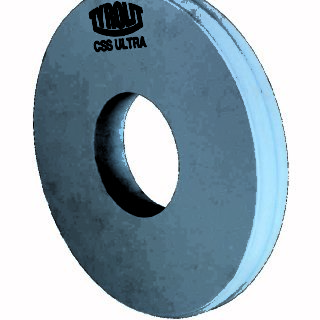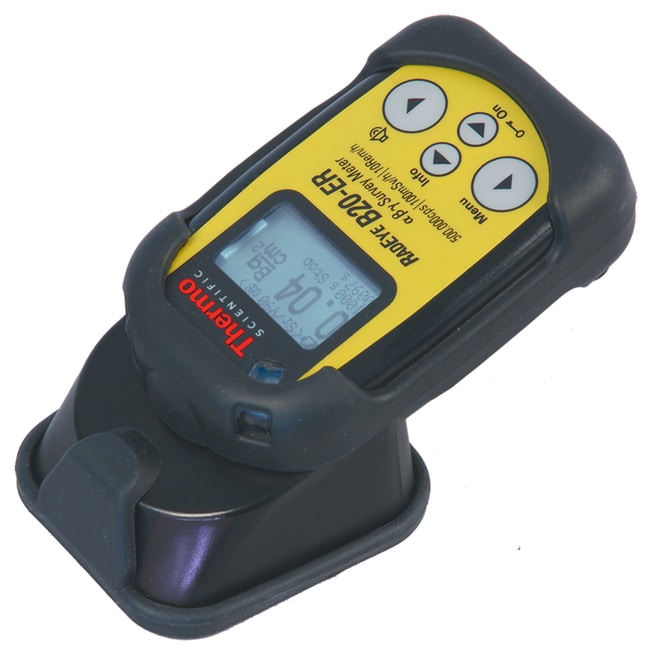Ultra Radiac Manual

When first responders arrive on a scene of an accident, natural disaster, or terrorist attack, identifying the radiological risk is a critical step in the first minutes of characterizing a scene. Mirion’s UltraRadiac Plus is the STANDARD in personal radiation monitors for firefighters, law enforcement, HAZMAT teams, paramedics, and others. The URAD-Plus is small, lightweight, and extremely rugged for demanding radiological and extremely hazardous environments. Features.
Easy to operate by personnel in firefighting or HAZMAT” protective gear. Extremely rugged, metal housing. Accurate dose measurements with high dose rate” protection. Large, easy-to-read back-lit LCD display. Audible, visual and vibrating alarms.
Tohatsu outboard repair manuals. Maintenance and troubleshooting are covered in each manual as well as wiring diagrams. Chapters typically cover sections such as: Cooling System, Engine Specifications, Drive Shaft, Fuel System, Ignition, Electrical Systems, Gear Case, Storage/Winterize, Timing, Trim, Tilt, Torque Specifications and Tune-Up.
Uses standard AAA batteries. Unique “stay time” display shows time remaining for the” highest level of individual health and safety. Configuration by push button or integrated software. Uses standard AAA batteries; optional rechargeable” batteriesMeasures and displays radiation dose and dose rate.
Description Users of the FC2B Calibration Verification Device can now field-check calibration of their own UltraRadiac units, saving both time and money. Like most electronic devices, the UltraRadiac requires periodic calibration checks to maintain proper function. UltraRadiac users may wish to avoid the cost associated with factory calibration checks. These costs include:. Shipment to and from the factory. Down-time associated with not having the instrument readily available on-site. Factory service charges The FC2B Calibration Verification Device is a low-level gamma radiation calibrator, which can be used to assure that current UltraRadiac response to dose-rate stays within ±33% of ideal calibration.
The FC2B checks each unit very quickly – typically in less than three minutes. The unit consists of an aluminum housing with a side opening and an internal license free checksource, 8 μCi of 137Cs. The opening positions the UltraRadiac correctly relative to the checksource.
Canberra Ultra Radiac User Manual
You are here: Radiation Detection Devices. Note:. Reference on this page to any specific commercial product, process, service, manufacturer, or company does not constitute its endorsement or recommendation by the U.S. Government or the U.S. Department of Health and Human Services or any of its agencies. Products are displayed as examples only.
Ultraradiac Manual
HHS is not responsible for the contents of any 'off-site' Web page referenced on this site. Key Dosimeter References. (DHS/OSTP/NUSTL, June 2016). Key table from this important document: Graphical Comparison of Electroic Personal Dosimeters Source: (PDF - 1.87 MB) (DHS/OSTP/NUSTL, June 2016, page 9 of document).

The x-axis on the bottom is exposure rate (R/h). The x-axis on the top corresponds to Response Zones where each dosimeter might be most useful. Definition of response zones is shown on the graphic, but. The types of dosimeters are listed on the left of the graphic. See below for a description of the kinds of personal dosimeters in the document. They are on pages 21-41.
'Individual Product Descriptions' and photographs of each device are described beginning on page 21 of the report. The following categories of dosimeters are mentioned with many individual products listed for each type. Electronic Dosimeters (Section 4.1). Self-Reading Dosimeters (Section 4.2). Processed Dosimeters – User Readable (Section 4.3). Processed Dosimeters – from Dosimetry Service Providers (Section 4.4) Table 1: Radiological Quantities and Units Quantity Symbol Traditional Units SI Units Qperational Quantities (for health physics) Personal Dose Equivalent H p rem Sv Ambient Dose Equivalent H.
rem Sv Physical Quantities (for measure radiation fields) Air Kerma K a rad Gy Exposure (none) R (none) Source: page 3 of document Table 2: U.S. Examples: radiology, nuclear medicine, and radiation oncology department staff. Workers in emergency environments that may contain radiation. Examples: and. Workers in industrial environments where radiation is used. Examples: nuclear power plant workers or employees at radiation sterilizing facilities. Where are personal dosimeters usually worn?.
Flat badges are usually worn on the torso, at the collar or chest level, but can be worn on the belt, or forearm. Ring shaped badges can be worn on the finger when dose to the finger may exceed dose to the badge worn elsewhere on the body. and. Wear water-resistant personal dosimeters on the outer layer of (PPE). Should be able to easily see and hear a dosimeter alarm while wearing PPE. May wear a personal dosimeter underneath waterproof outerwear.
Finger ring film badge Source: Finger ring film badge Source: Finger ring film badge Source:. CAVEATS:. Radiation exposure in the environment may not be uniform. Dose registered by a badge worn on the torso may not be the same as dose received elsewhere on the body. When working close to radiation sources (e.g., removing ), the hands/fingers may receive a higher dose than the torso, and should be monitored by a personal dosimeter on the finger. Real time readings from personal dosimeters are not available from all devices.

Emergency responders may require self-reading devices that provide dose information in real time.